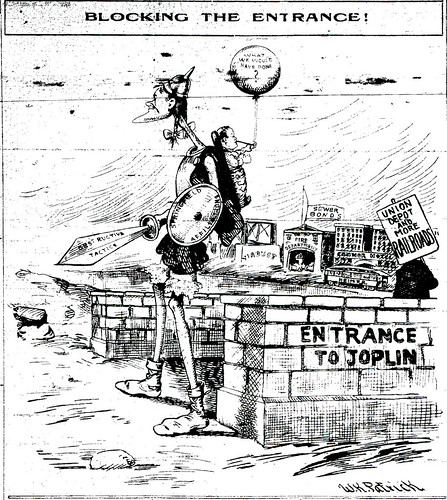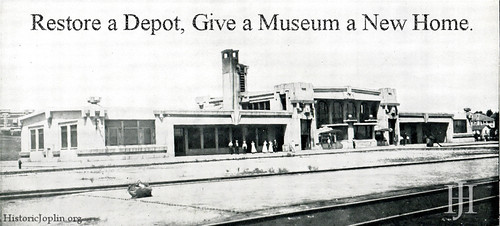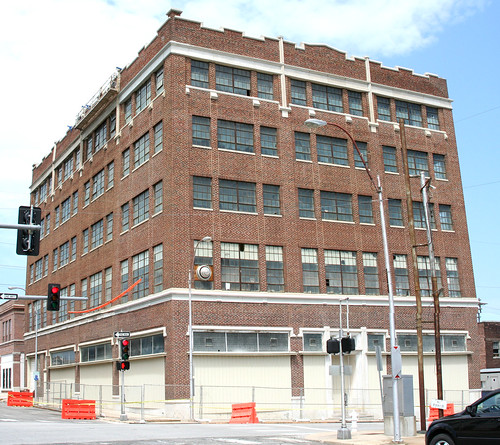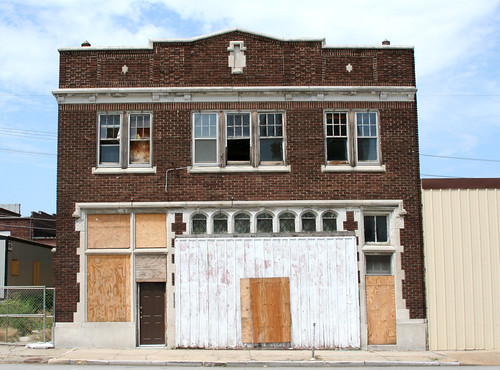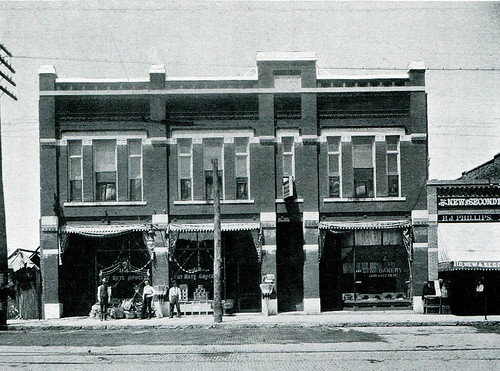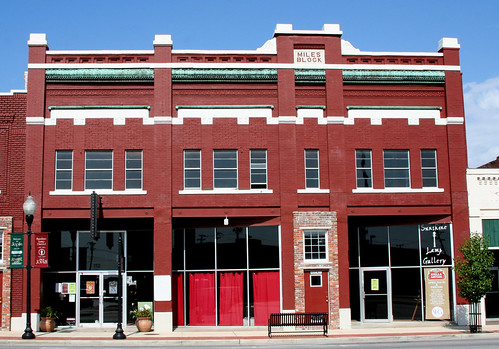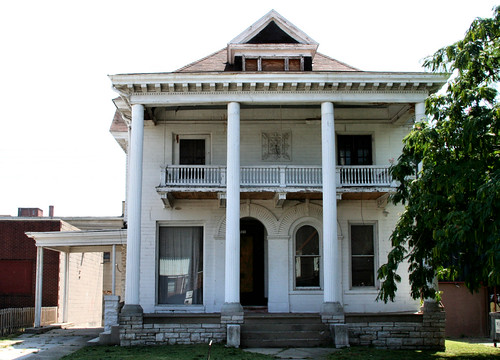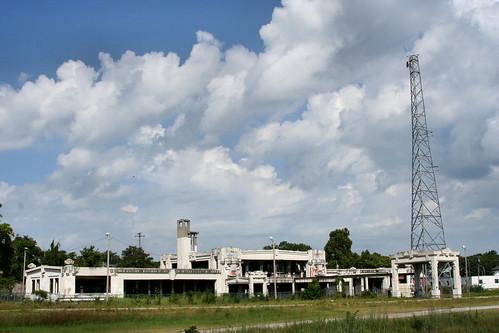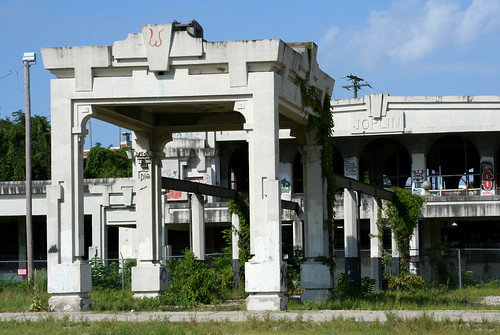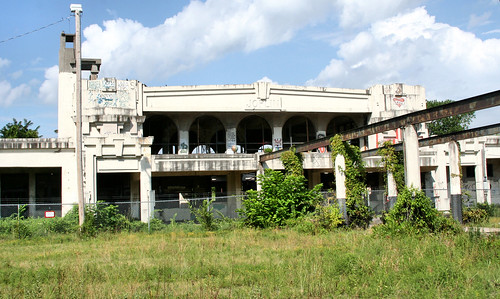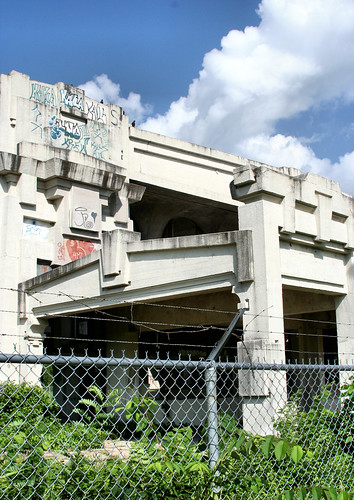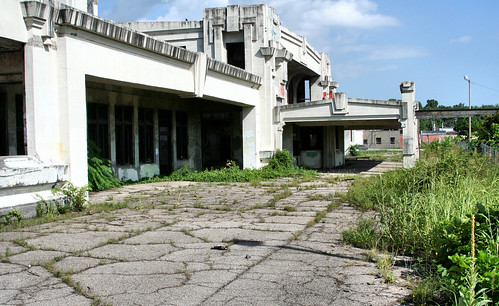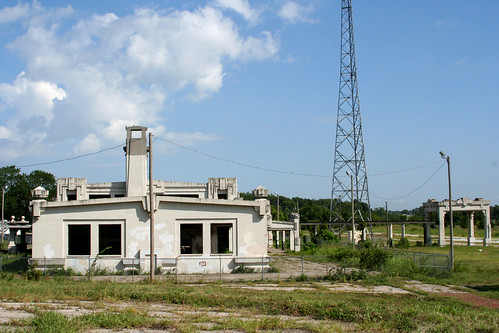This last week’s meeting of the Joplin Museum board was a showcase in tepid response to bold planning for the future. The topic of the meeting, covered by the local news station KODE, was the possible relocation of the museum to the Union Depot. The news segment featured interviews with board member Allen Shirley and City Councilman Benjamin Rosenberg.
Shirley continued what is now becoming a two month long hem haw of expressing a cautious disapproval for the idea of moving to the Union Depot. The main point expressed by Shirley in his interview was the lack of exhibit space, a point raised by Museum Director Brad Belk previously. The matter of sufficient space appears to be growing into the banner to be waved by the Joplin Museum Board, we expect to hear it raised again and again as their argument against the move.
From even before City Manager Mark Rohr’s presentation, the Joplin Museum Board has not wanted to move to the Union Depot, and since the presentation, have protested as much as possible without appearing reactionary. It is clear that if the Joplin Museum Complex is to be moved to the Union Depot, the board will have to be dragged kicking and screaming. The angry child who did not get its prized relocation and taxes to take over Memorial Hall now just want to take their ball and go home, rather than settle for something less than they desired.
Disconcertingly, the meeting was attended by three city council members, which as the news report explained were there in support of the museum board. Of the three, only Benjamin Rosenberg opted to speak with a reporter and offered a fascinating rebuttal against Mark Rohr’s well grounded plans for Joplin’s growth over the next five years. Rosenberg, when asked about the plan declared, “I had no part in the city manager’s vision. I had no pre-warning. I had no consultation with the city manager.” By all appearances, it seems Mr. Rosenberg does not like or agree with Rohr’s plan that was presented earlier this summer.
Rosenberger also told the reporter that he strongly believed the fate of the museum should be left in the hands of the museum board and not forced by the hand of the city. This would be a rational position to take were the museum lead by forward thinking, competent and experienced individuals, but that is not the case. The only imaginative thinking the museum has displayed in recent years has been to spring an idea that was overwhelmingly disapproved of by 75% of the city’s voting residents. Meanwhile, the popularly supported plan of moving the museum to the Union Depot languishes because neither the museum board nor apparently some of the city council are willing to take bold steps for Joplin’s future.
Is Joplin anymore the city of Thomas Connor, Charles Schifferdecker, or Thomas Cunningham?
We say nay!
Where is the vision? Why the desire for mediocrity? Where is the leadership that has helped to restore downtown? Joplin became the city that is resplendent with beautiful buildings and good people because its leaders in the past were unwilling to quietly abide. It would do the museum board well to remember this, a lesson they should learn if they are at all familiar with the history they have sworn to safe keep.
